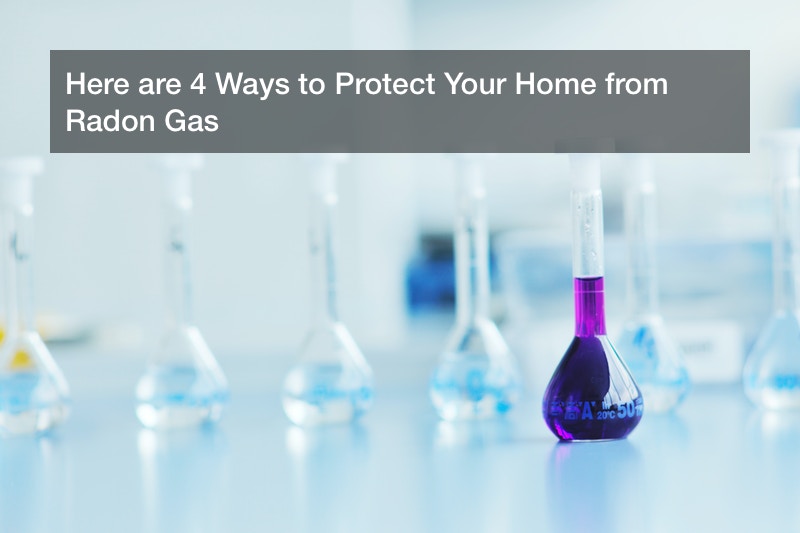
Parents often do everything within their power to make sure that their children are safe. They carefully screen babysitters; they meticulously go through the house looking for sharp corners that need to be covered; they painstakingly put up any and all chemicals and medications that could be harmful. In all of these efforts that they make, however, many parents overlook the one thing that they should be doing to make sure that their entire family is living in a safe home. They do not take the time or invest the money to conduct radon testing.
Although the majority of homes that are bought and sold in many parts of the country require radon testing before a deal can be closed, paying attention to this tasteless, odorless, and invisible gas is often ignored once the final papers have been sold. Even buyers who know that the seller had to go through extensive radon mitigation and abatement services rarely follow up on any tests once they move in. Alarmingly, however, radon is a dangerous gas that can effect the health of anyone living in a house with elevated levels.
Although they are frequently unused, there are residential radon testing services available in nearly every part of the country. When a problem is discovered, a sump pump installation contractor can provide a solution that will help eliminate future problems. Consider some of these facts and figures about the radon testing and mitigation processes that can help keep a home safe:
- Scientists estimate that lung cancer deaths could be reduced by 2% to 4%, which would amount to nearly 5,000 deaths, by lowering radon levels in homes exceeding the Environmental Protection Agency’s (EPA’s) action level.
- The Surgeon General has warned that radon is the second leading cause of lung cancer in the U.S. today.
- Short-term radon detectors measure levels for two days to 90 days, depending on the device.
- Long-term radon detectors and tests determine the average concentration of this chemical for more than 90 days.
- Nearly one in three homes checked in seven states and on three Indian lands had screening levels over 4 pCi/L, the EPA’s recommended action level for radon exposure.
- The risk of lung cancer increases by as much as 16% per 100 Bq/m increase in long time average radon concentration.
Parents who want to make sure that their children are as safe as possible invest the time and the finances to not only check for obvious hazards, but also for unseen and unheard dangers like radon.
